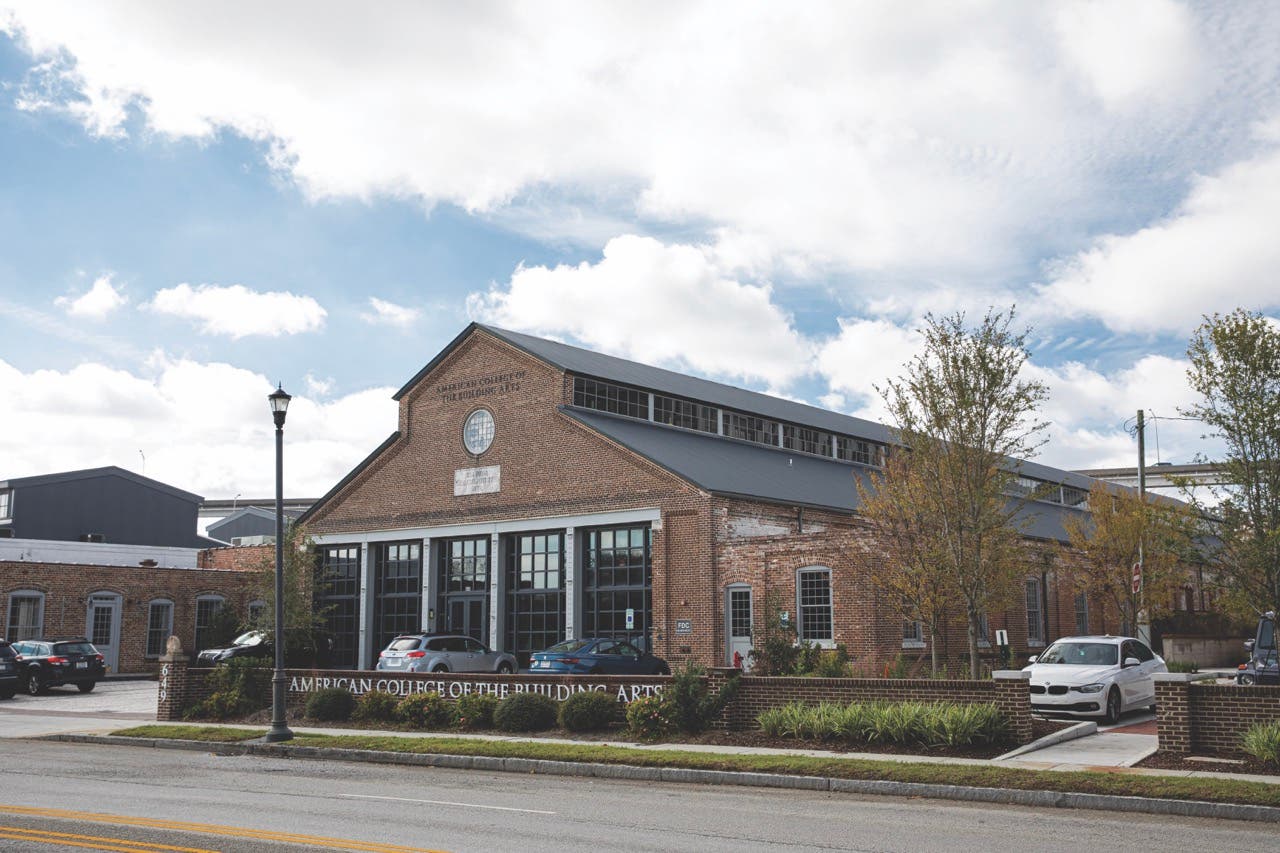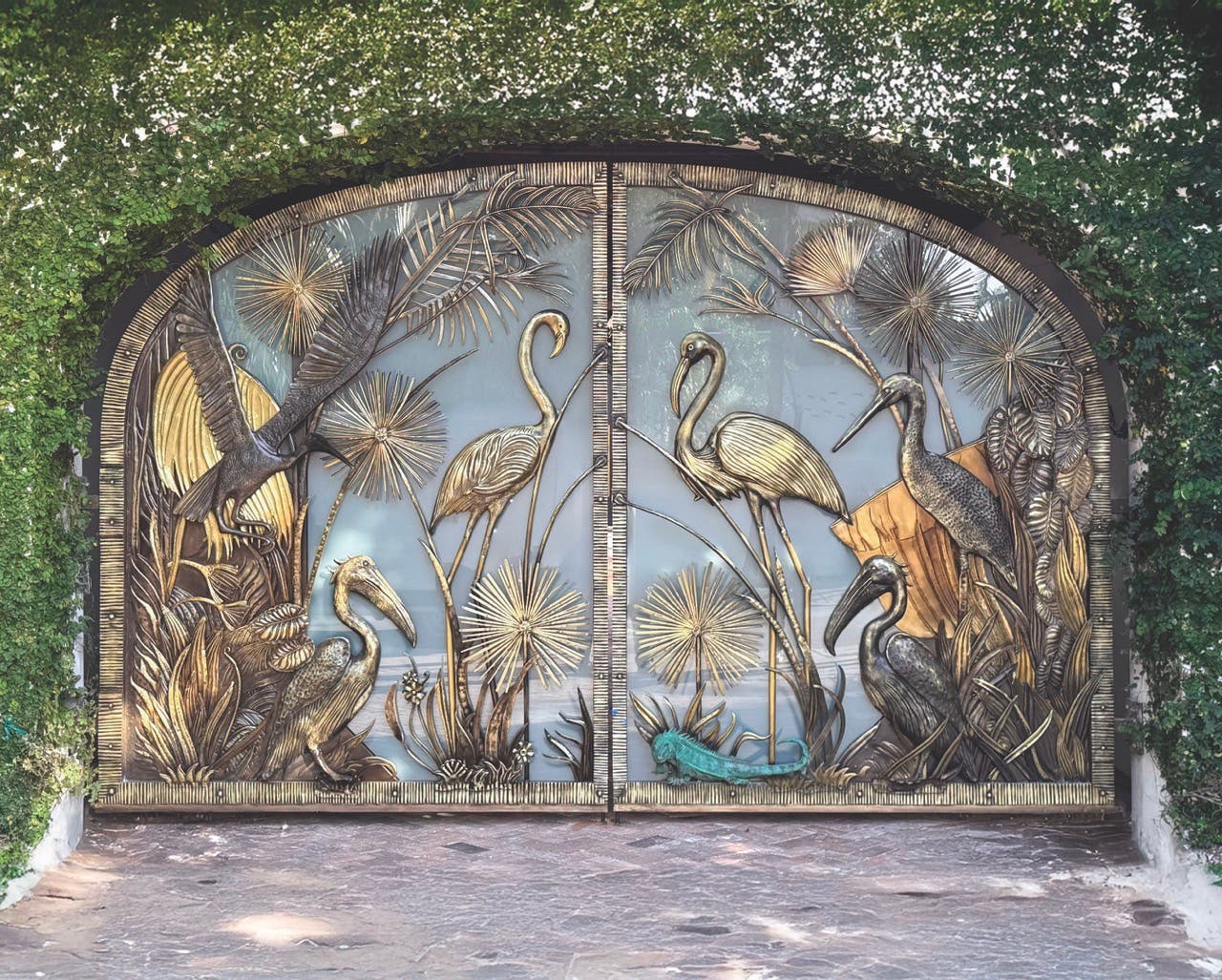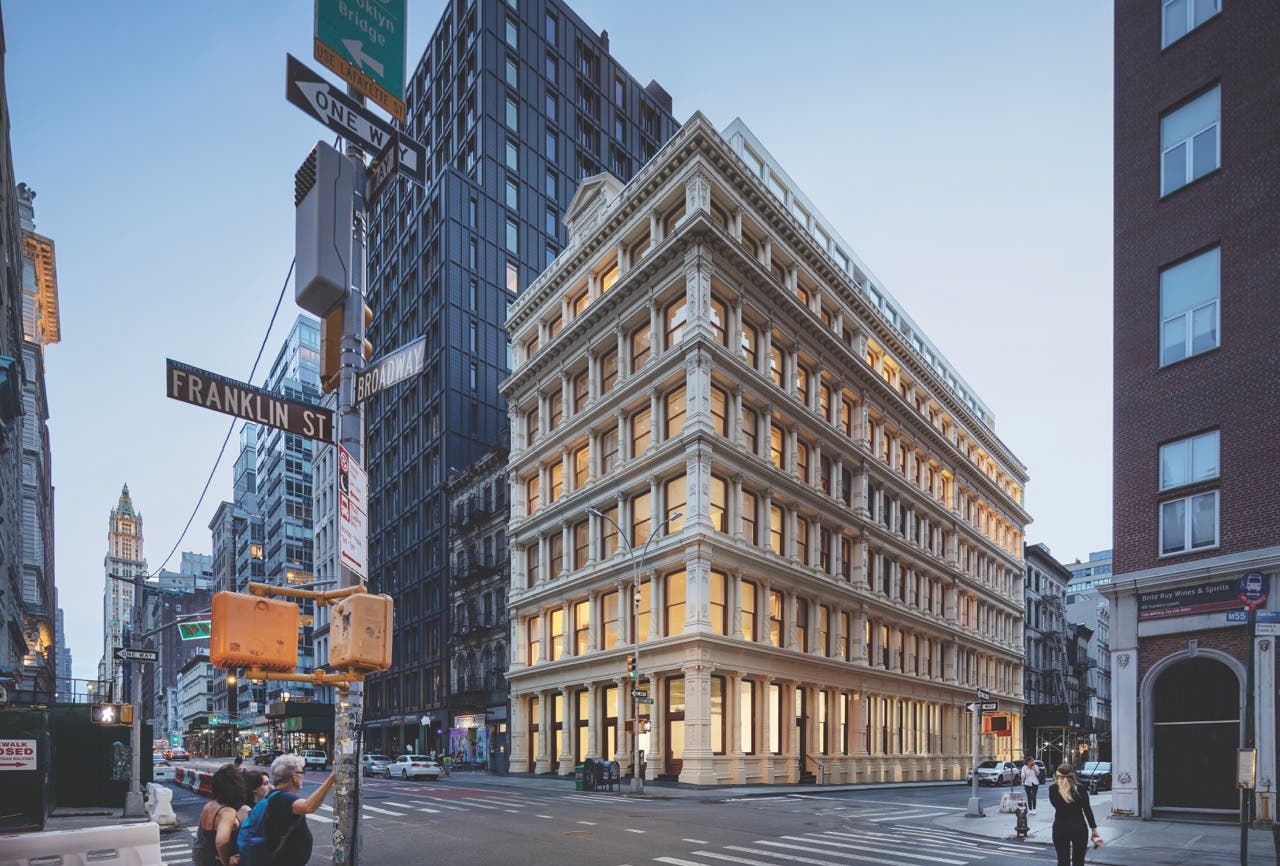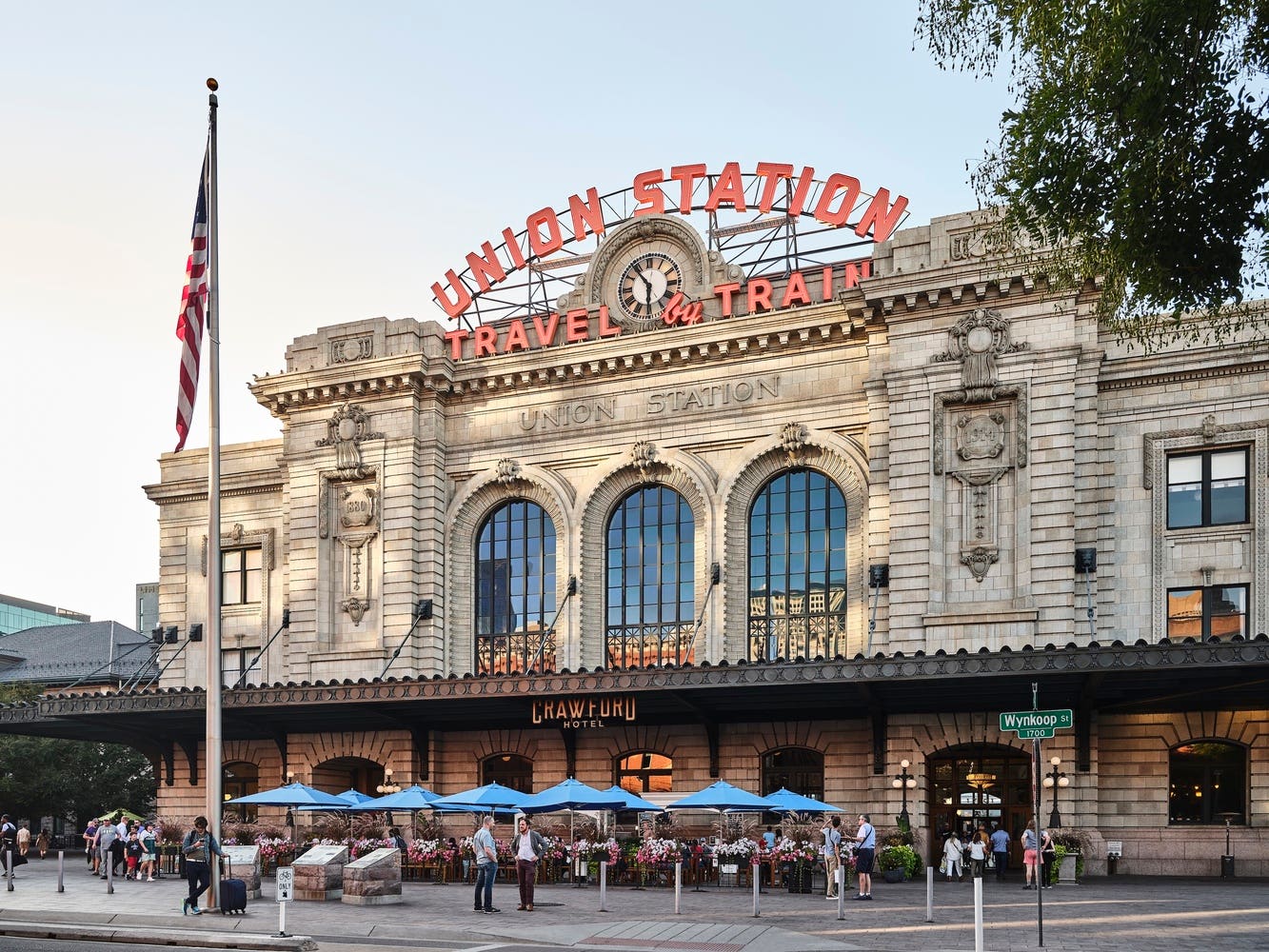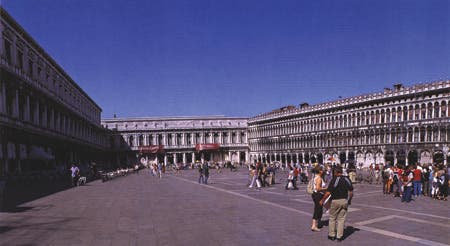
Features
Book Review: An Architect Picks His Top 40 Public Squares
Great Public Squares: An Architect's Selection
By Robert F. Gatje
W.W. Norton & Co., New York, N.Y.; 2010
224 pp; hardcover; profusely illustrated with full-color images and 35 ground plans; $65.00
ISBN 978-0-393-73173-62
Reviewed by Clem Labine
What makes one open space a great public square, while another space of equal size is an urban wasteland? This new book by architect Robert F. Gatje addresses that question through detailed examination of 40 of the world's great "outdoor rooms." One immediate noteworthy metric: Gatje – an American – includes only four U.S. public squares on his "Top 40" list. – underscoring America's notorious lack of investment in the public realm.
To evaluate candidates for the book, the author uses a variation on the Vitruvian triad of "Commodity, Firmness and Delight," proposing instead the criteria of "Utility, Integrity and Delight" for judging public spaces. Gatje uses the term "Integrity" to assess the quality of the "walls" of an outdoor room and the sense of enclosure they contribute. A square with too many openings in its walls has "leaks," and doesn't provide a feeling of embrace. Another element of "Integrity" is how well the buildings comprising the walls "join hands to become the outer surface of the space they enclose."
The author is keenly aware of the role surrounding architecture plays in defining the character of open space. To illustrate his point about "Integrity," Gatje juxtaposes ground plans of Times Square in New York with the Piazza di Spagna in Rome, which have roughly the same area. He shows that numerous streets running through Times Square pierce the walls at many points, filling it with traffic and robbing the space of a true sense of enclosure. The Piazza di Spagna by contrast is a much more tranquil pedestrian space because there is more enclosure and no heavy traffic route directly through the square. Thus the Piazza di Spagna makes the Top 40 list and Times Square does not.
Another criterion ruled out additional contenders: A reluctance to include similar types of spaces. For example, Gatje mentions that Gramercy Park in New York City was considered. However, he notes, Gramercy Park is basically a Georgian Square, and he'd already included London's older Bedford Square, so he felt the Georgian Square category was covered. (Perhaps that's also why none of Savannah's squares made the cut.)


Delineating Public Squares by the Numbers
Gatje's Top 40 list breaks down this way by country: Italy – 15; France – 5; U.S. and Great Britain – 4 each. Greece, Germany, Czech Republic, Spain and Portugal account for the rest. The four designated great public squares in the U.S. are: The Plaza in Santa Fe, NM; Louisburg Square, Boston; Rockefeller Plaza, New York City; and Pioneer Courthouse Square, Portland, OR.
Most readers will find the ground plans of each square to be the book's outstanding feature. The full-page CAD plans are drawn in exquisite detail and to uniform scale, so it's easy to compare layouts of the various plazas (see illustration). In addition to the plans, the author provides a table of basic physical data about each square that will interest designers, including: Plan dimensions; ratio of width to length; area; typical height of walls to skyline; ratio of width to skyline height; and angle of view from the short side to the skyline. Accompanying text provides enriching historical notes.
As an architect, the author focuses on the walls of these outdoor rooms, but pays less attention to the furniture and pedestrian amenities. And it's the latter that can make the difference between an empty square that takes a pretty picture vs. a place where people like to congregate. For example, take two of the Top 40: The Piazza della Santissima Annunziatain Florence, and The Plaza in Santa Fe.
This reviewer has been in both on hot sunny summer days. The arcades surrounding Santissima Annunziata provide some shaded relief for the passing pedestrian, but the scorching pavement in the middle of the piazza feels like the Sahara desert, causing pedestrians to flee. The Plaza in Santa Fe, by contrast, offers benches and shade trees, which is why people enjoy The Plaza even on hot summer days. Neglecting rigorous analysis of the "people factor" is a significant omission, in this reviewer's opinion.
It's also remarkable that the author, a Modernist architect and former partner of both Marcel Breuer and Richard Meier, has shown a pronounced preference for traditional town planning and traditional architecture in his selections. Sounding almost like a member of the Institute of Classical Architecture & Classical America, he cites the "special character" of these 40 places, and praises "a consistent harmony of dimension, proportion and material that make up a whole." There are no disruptive Modernist interventions disfiguring the traditional urban fabric of Gatje's favorite places.
The author was careful to label his choices "great" – not necessarily "the greatest" – and readers will have fun disputing some of the author's selections and advocating for their own favorite public squares. But no one can question that author Gatje has done a great service by focusing attention on the role of public spaces in fostering civitas. TB
Founder of Traditional Building, Period Homes andOld-House Journal magazines, Clem Labine is currently editor emeritus of Traditional Building andPeriod Homes. He also has board emeritus status at the ICA&CA, where he was a founding board member. Labine has received many awards including the Arthur Ross Award from the ICA&CA. His blog can be found at www.traditional-building.com/clem_labine.




